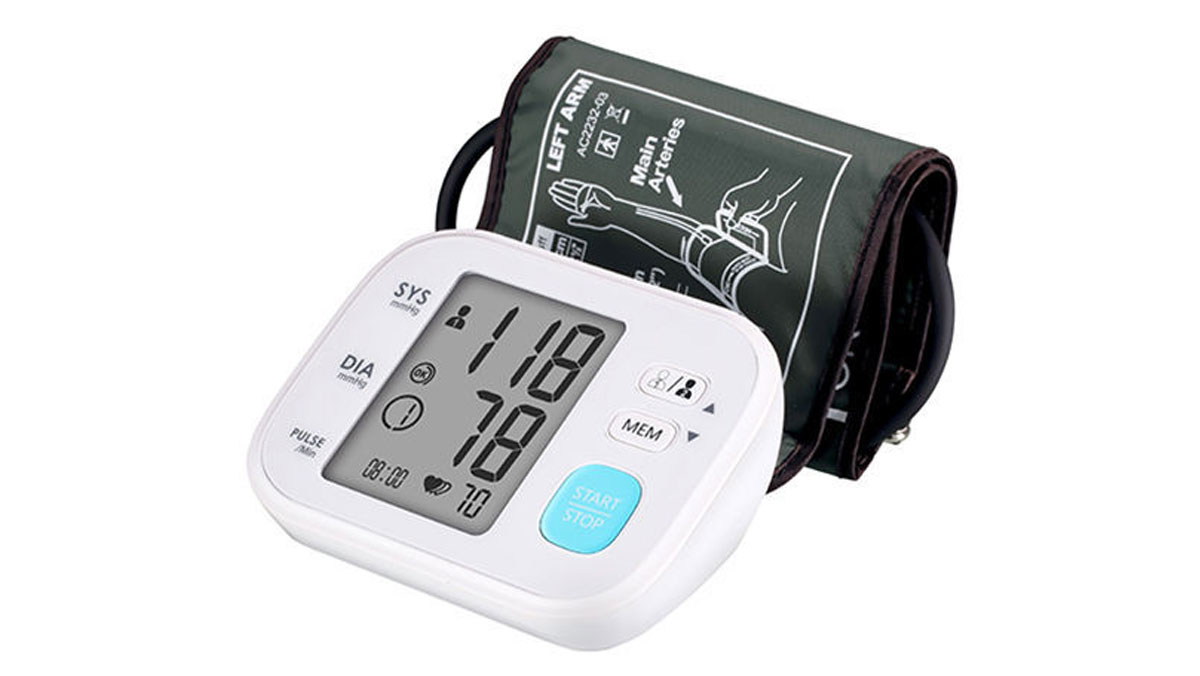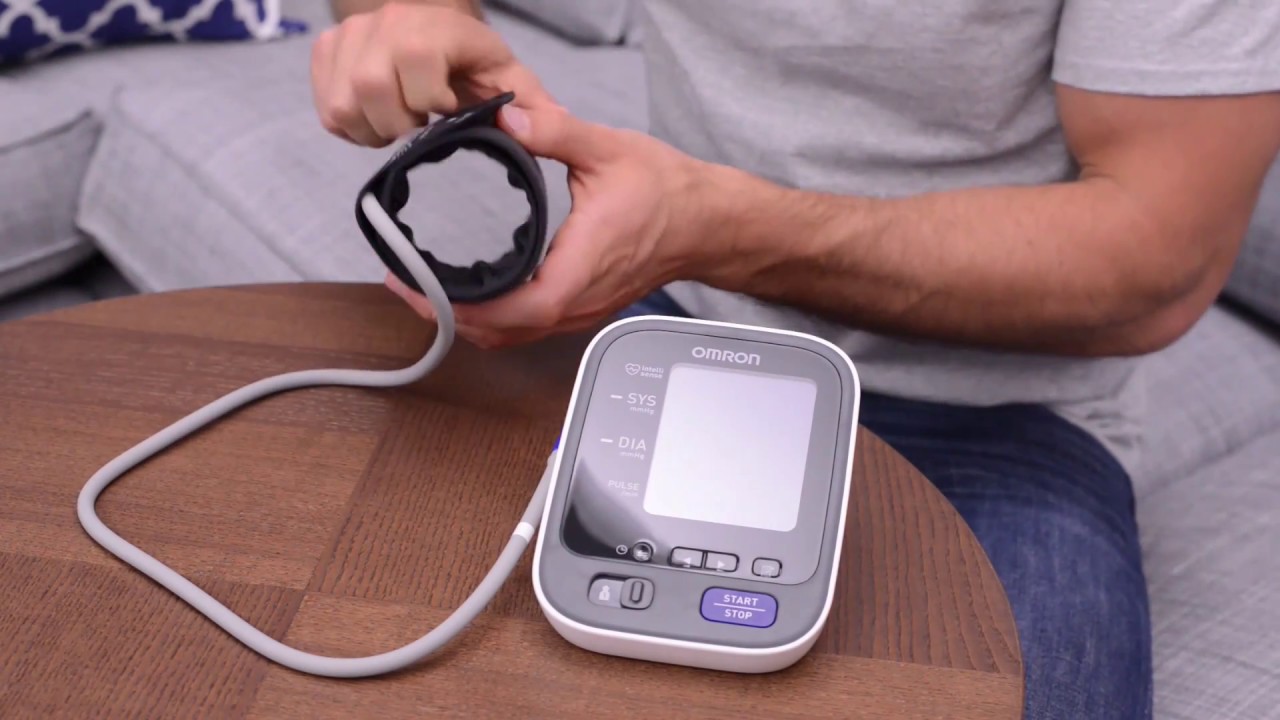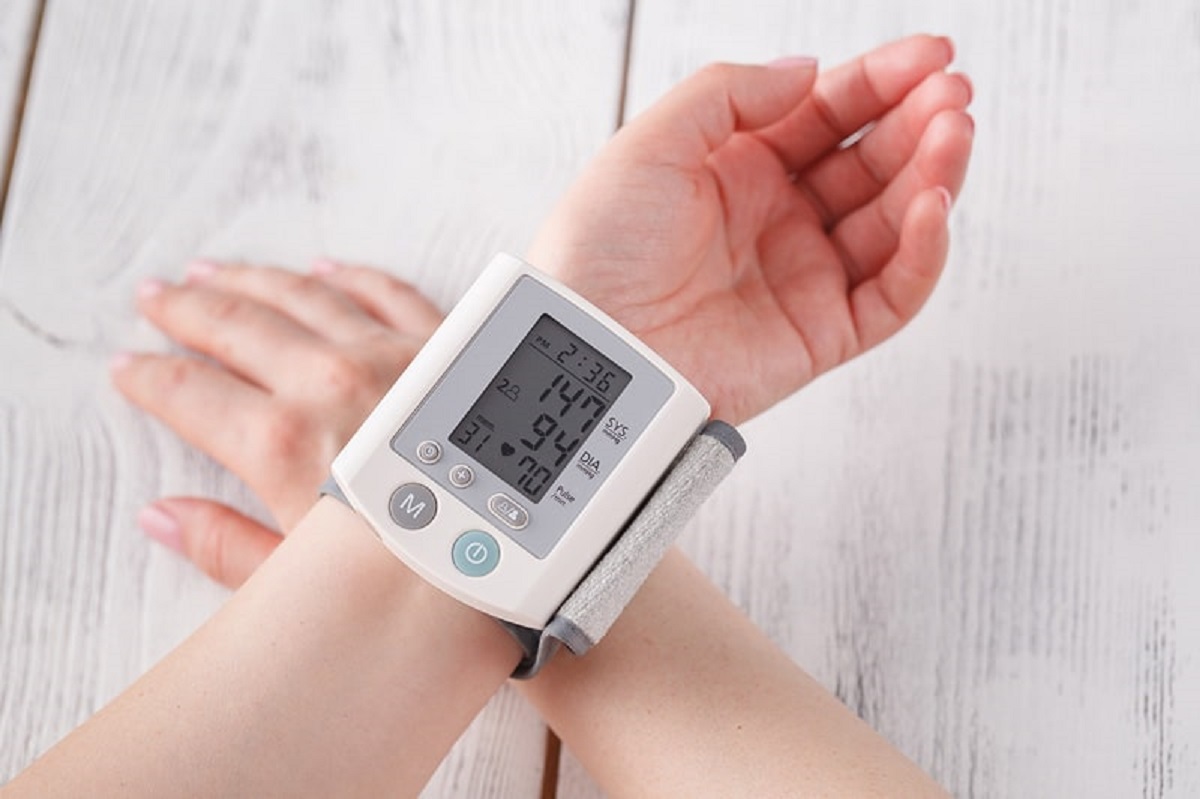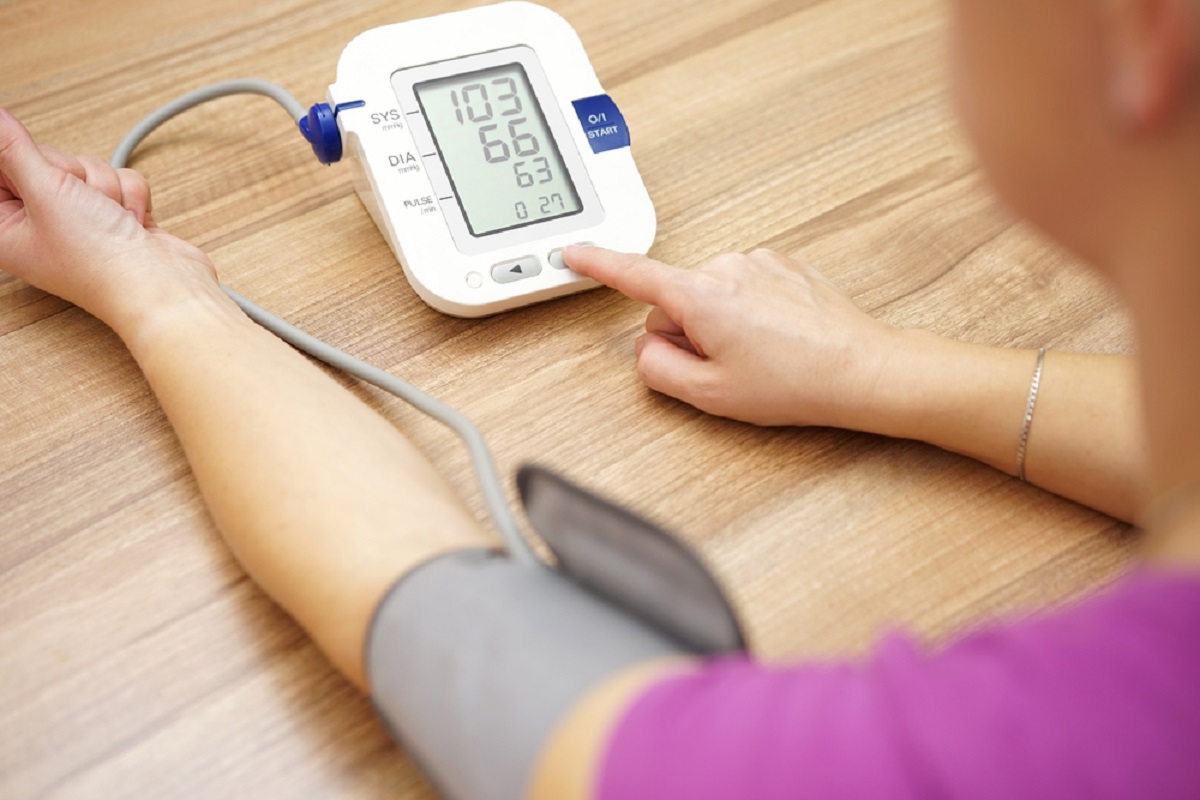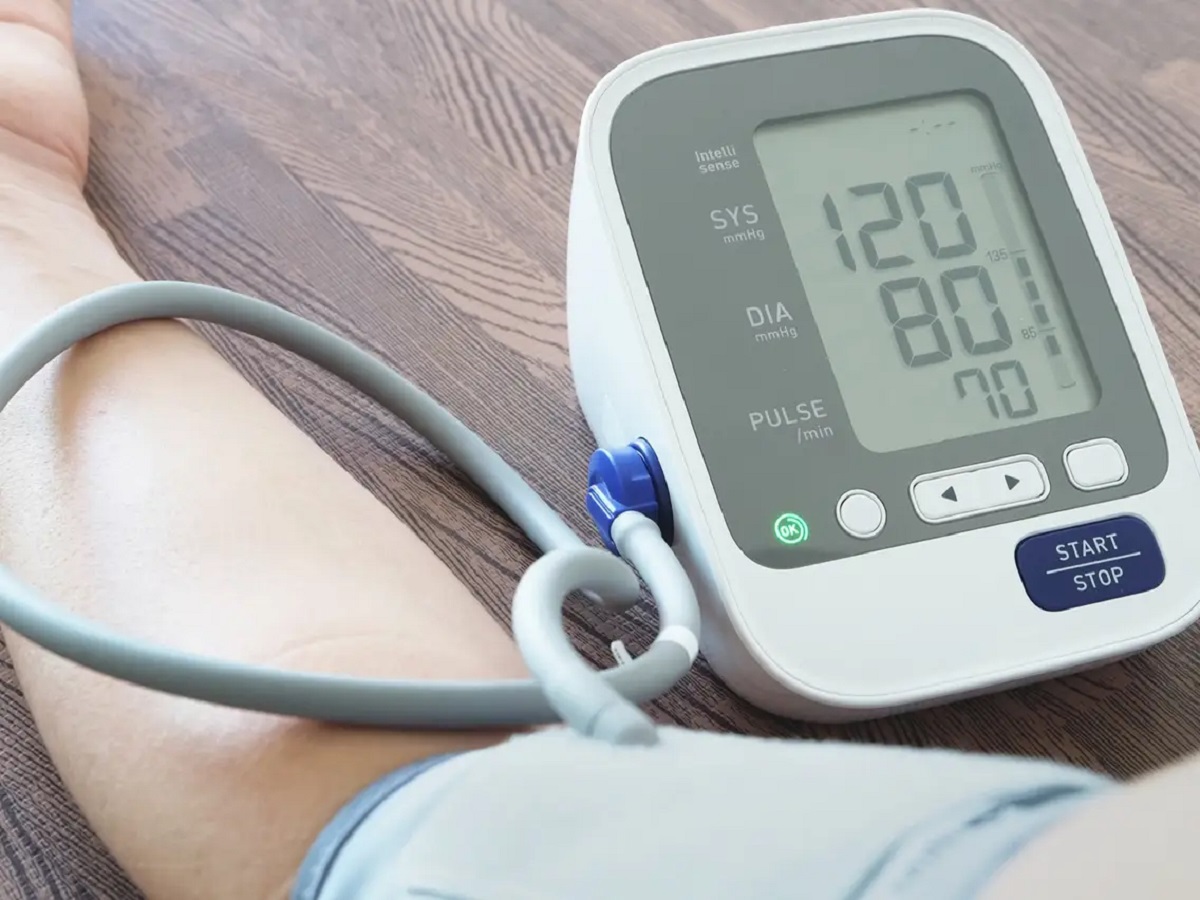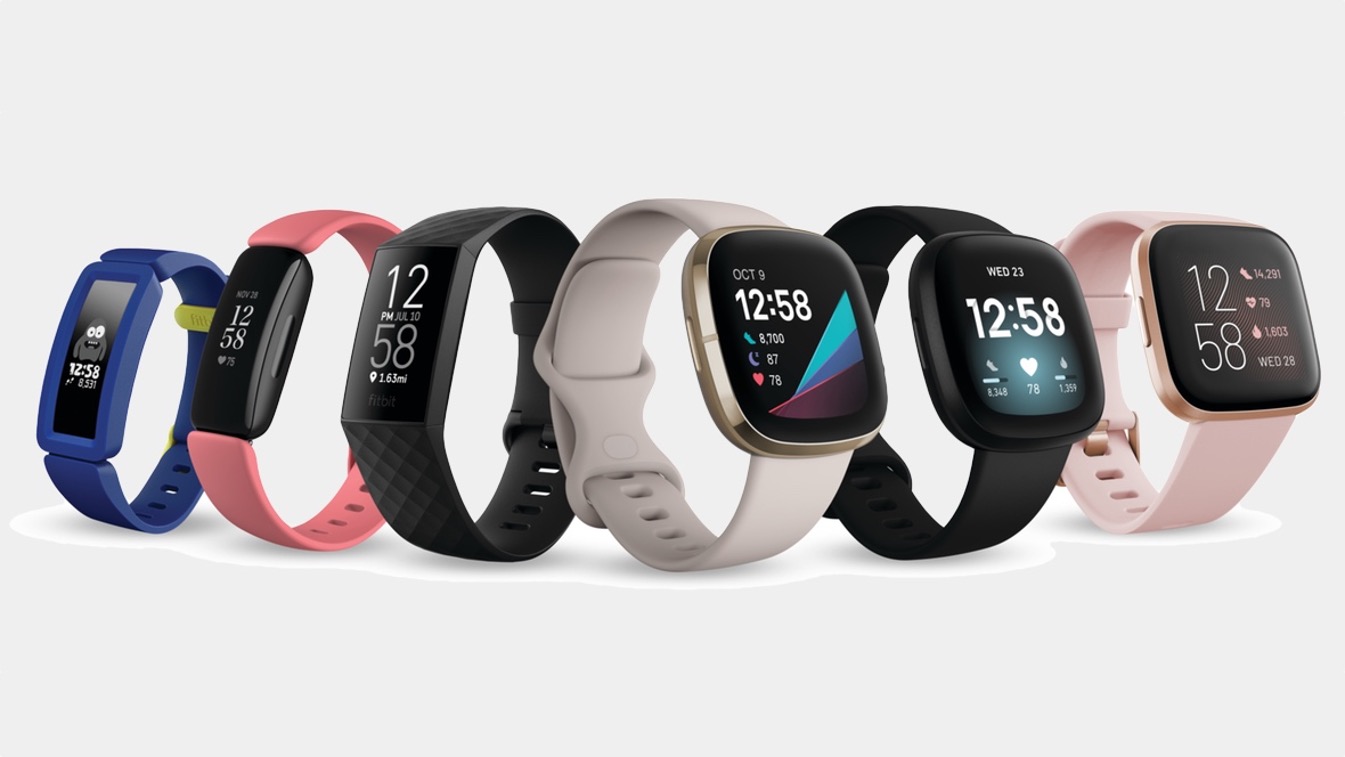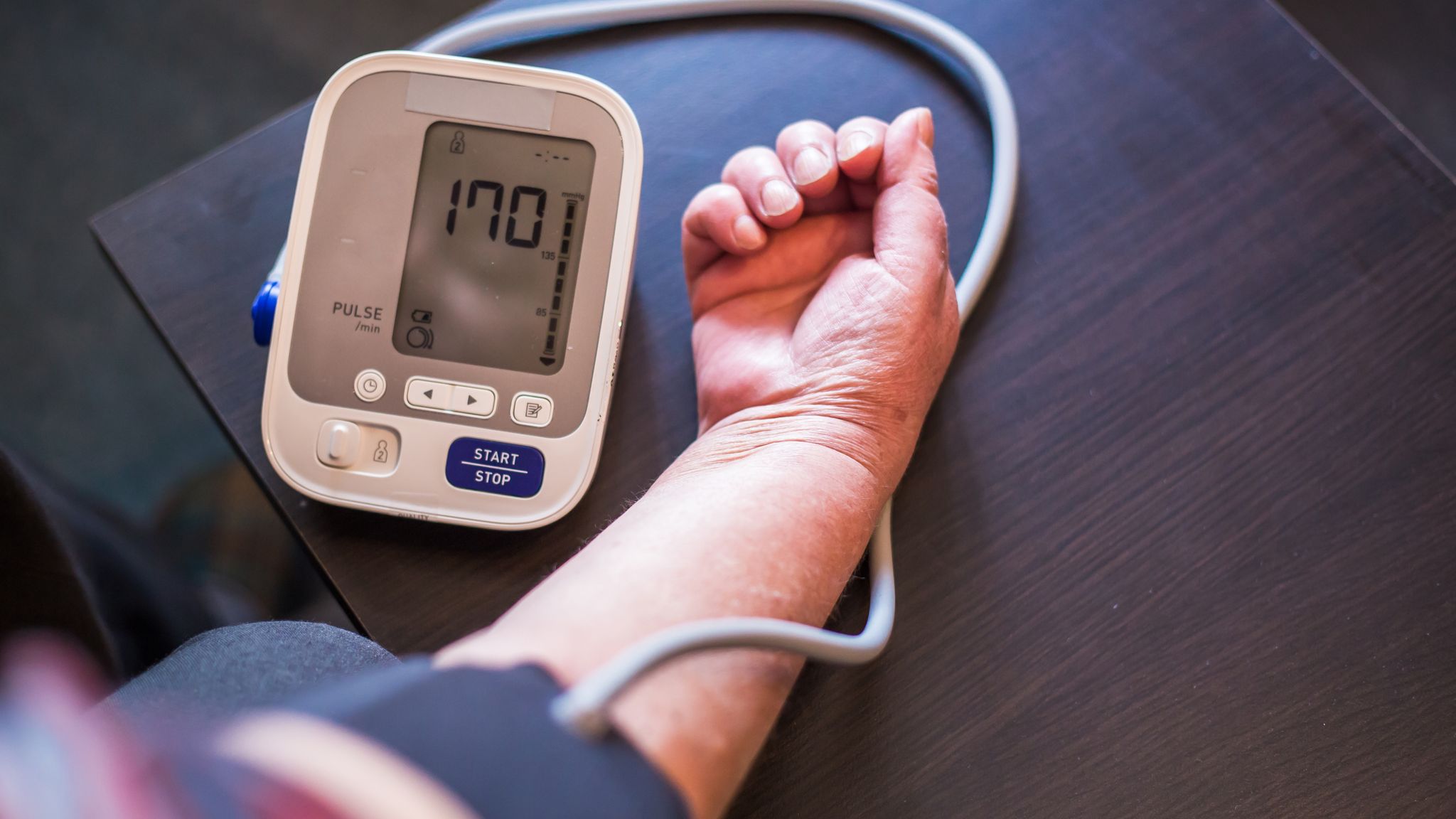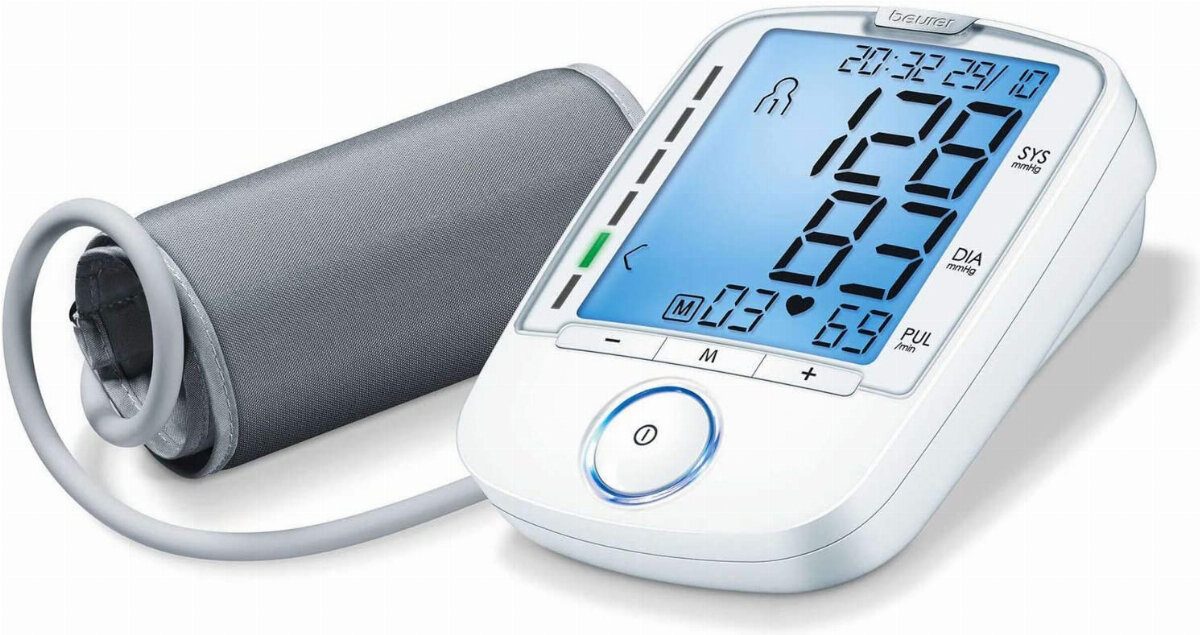Introduction
Welcome to our comprehensive guide on how to calibrate your blood pressure monitor. Monitoring your blood pressure regularly is essential for maintaining optimal health and preventing potential complications. However, simply owning a blood pressure monitor is not enough; you need to ensure that it provides accurate readings. This is where calibration comes into play.
Calibrating your blood pressure monitor involves fine-tuning its settings to align with a recognized standard. By calibrating your monitor, you can be confident that the measurements it provides are reliable and accurate, enabling you to make informed decisions about your health.
In this guide, we will explain the importance of calibrating your blood pressure monitor and guide you through the process step-by-step. We will also provide tips for proper calibration and troubleshoot common calibration issues that may arise. Whether you are a healthcare professional, a patient using a home blood pressure monitor, or simply someone interested in accurate health measurements, this guide is for you.
It is important to note that calibrating your blood pressure monitor should not replace regular visits to your healthcare provider or a professional medical assessment. Calibrating your device is a complementary step to ensure accurate readings and can help you identify any potential discrepancies between your device and professional measurements. This guide aims to empower you with the knowledge and tools to ensure the reliability of your blood pressure monitor and the accuracy of your readings.
So, if you’re ready to take control of your health and ensure accurate blood pressure measurements, let’s dive into the world of calibrating your blood pressure monitor!
Understanding the Importance of Calibrating Your Blood Pressure Monitor
Calibrating your blood pressure monitor is crucial to ensure the accuracy and reliability of the measurements it provides. When you rely on your blood pressure monitor to track your health and make important decisions about your well-being, it is essential to have confidence in the readings it displays.
Without proper calibration, your blood pressure monitor may provide inaccurate measurements, potentially leading to misdiagnosis or ineffective management of your blood pressure.
One of the main reasons why calibration is necessary is that blood pressure monitors can experience wear and tear over time. The mechanical components of the device, such as the air pump and pressure sensors, might not function optimally due to frequent use or external factors.
Additionally, changes in environmental conditions, such as temperature and humidity, can impact the accuracy of the device. These factors can cause the internal mechanisms of the blood pressure monitor to shift, leading to discrepancies in readings.
Calibration ensures that your blood pressure monitor is aligned with a recognized standard, allowing for accurate measurement of your blood pressure. By calibrating your device, you establish a baseline for accurate readings and can trust that the values displayed are a true representation of your blood pressure levels.
Furthermore, calibrating your blood pressure monitor helps to identify any potential issues or malfunctions. If you notice a significant difference between the readings on your device and those obtained at a healthcare provider’s office, it may indicate the need for calibration or even repair.
Regular calibration also helps in monitoring the long-term performance of your blood pressure monitor. By comparing the calibrated readings with subsequent measurements, you can detect any gradual deviations and take necessary action to restore accuracy.
Ultimately, by calibrating your blood pressure monitor, you are taking proactive steps to ensure the reliability and accuracy of the measurements. This empowers you to make informed decisions regarding your health, whether it involves managing your blood pressure, tracking the effectiveness of medication, or understanding the impact of lifestyle changes.
Now that you understand the importance of calibrating your blood pressure monitor, let’s explore how you can check its accuracy and perform the calibration process for optimal results.
Checking the Accuracy of Your Blood Pressure Monitor
Before proceeding with the calibration process, it is crucial to check the accuracy of your blood pressure monitor. By doing so, you can determine if any adjustments or calibration are required to ensure reliable measurements.
Here are a few steps you can follow to check the accuracy of your blood pressure monitor:
- Take your blood pressure at home using your monitor following the manufacturer’s instructions carefully.
- Make note of the readings recorded by your blood pressure monitor.
- Visit your healthcare provider and have your blood pressure measured using a professional-grade blood pressure monitor.
- Compare the readings obtained from your blood pressure monitor with those from the professional-grade monitor.
If the readings from both devices are within a reasonable range of each other (usually within 5 to 10 mmHg), it suggests that your blood pressure monitor is providing accurate measurements.
However, if there is a significant difference between the readings, it could indicate that your blood pressure monitor requires calibration or servicing. It is recommended to contact the manufacturer for guidance or seek professional assistance to resolve any issues with accuracy.
It’s important to note that blood pressure can fluctuate throughout the day due to various factors, including stress, physical activity, and even the time of day. Therefore, it’s advisable to perform multiple readings at different times and under varying circumstances to get a more comprehensive understanding of your blood pressure patterns.
By regularly checking the accuracy of your blood pressure monitor, you can be confident in the reliability of its measurements and ensure your health decisions are based on accurate information.
Now that you’ve determined the accuracy of your blood pressure monitor, let’s move on to the process of calibrating it to ensure optimal performance.
Steps to Calibrate Your Blood Pressure Monitor
Calibrating your blood pressure monitor is a straightforward process that can help ensure accurate and reliable measurements. Here are the steps to calibrate your blood pressure monitor:
- Refer to the user manual: Start by carefully reading the user manual provided by the manufacturer. Familiarize yourself with the specific instructions and guidelines for calibrating your particular model of blood pressure monitor.
- Ensure proper positioning: Sit in a comfortable and relaxed position with your feet flat on the ground. Rest your arm on a sturdy surface, such as a table, at heart level. Make sure the cuff is positioned correctly on your upper arm, aligning it with your brachial artery.
- Take a baseline reading: Before beginning the calibration process, take a baseline reading on your blood pressure monitor. This reading will serve as a reference point for the calibration process.
- Compare with a calibrated device: Use a professional-grade blood pressure monitor or have your blood pressure measured by a healthcare professional using their calibrated device. Take note of the readings obtained from the calibrated device.
- Adjust the calibration settings: If there is a significant difference between the readings on your blood pressure monitor and the calibrated device, you may need to adjust the calibration settings. Consult your user manual for instructions on how to access and modify the calibration settings. Some blood pressure monitors may have a specific menu or button for calibration purposes.
- Perform the calibration: Follow the instructions provided by the manufacturer to perform the calibration process. This may involve entering the reference readings obtained from the calibrated device or following a step-by-step procedure to align the measurements of your blood pressure monitor with the recognized standard.
- Verify accuracy: After calibration, take another blood pressure reading on your monitor to verify its accuracy. Compare this reading with the calibrated device to ensure that the adjustments have been successful and the measurements are now consistent.
- Regularly recalibrate: Calibrating your blood pressure monitor is not a one-time task. It is recommended to recalibrate your device at regular intervals, as specified by the manufacturer or healthcare professional. This ensures that your blood pressure monitor continues to provide accurate readings over time.
By following these steps, you can calibrate your blood pressure monitor and have confidence in the accuracy of the measurements it provides. Remember to consult your user manual for specific instructions or seek professional guidance if needed.
Now that you know how to calibrate your blood pressure monitor, let’s explore some useful tips to ensure proper calibration and accurate readings.
Tips for Properly Calibrating Your Blood Pressure Monitor
Proper calibration of your blood pressure monitor is essential to ensure accurate and reliable measurements. Here are some useful tips to help you calibrate your blood pressure monitor effectively:
- Read the user manual: Familiarize yourself with the specific instructions provided by the manufacturer for calibrating your blood pressure monitor. Each device may have its own unique calibration process and requirements.
- Choose the right environment: Ensure that you are in a calm and quiet environment when calibrating your blood pressure monitor. Avoid distractions, as they can lead to inaccuracies in readings.
- Follow the correct position: Position your arm correctly according to the instructions provided by the manufacturer. Keep it at heart level and rest it on a stable surface, such as a table, while taking measurements.
- Stay still and relax: It is crucial to stay still and relaxed during the calibration process. Movement or talking can affect the accuracy of the readings. Take a deep breath and relax your muscles before taking measurements.
- Avoid caffeine, alcohol, and smoking: These substances can temporarily elevate your blood pressure, potentially affecting the calibration process. It is best to avoid consuming them before calibrating your blood pressure monitor.
- Take multiple readings: To ensure accuracy, take multiple readings during the calibration process. If there are variations between readings, take an average to get a more reliable result.
- Keep a calibration log: Maintain a log where you record the calibration dates and results, as well as any adjustments made to the settings. This will help you track the performance of your blood pressure monitor over time.
- Regular maintenance: Clean and maintain your blood pressure monitor according to the manufacturer’s instructions. Regularly check for any wear and tear, including damaged cables or cuffs, and address any issues promptly.
- Consult a professional: If you are unsure about the calibration process or experience persistent inaccuracies, consult a healthcare professional or contact the manufacturer for guidance. They can help troubleshoot any issues or provide further assistance.
By following these tips, you can ensure that your blood pressure monitor is properly calibrated and provides accurate readings. Regular maintenance and adherence to calibration guidelines will help maintain the reliability of your device.
Now that you are equipped with these tips, you can confidently calibrate your blood pressure monitor and rely on its measurements to make informed decisions about your health.
Recommended Frequency for Calibrating Your Blood Pressure Monitor
The frequency at which you should calibrate your blood pressure monitor depends on several factors, including the manufacturer’s recommendations, the level of usage, and any signs of inconsistency in the readings. While there is no one-size-fits-all answer, here are some general guidelines to help you determine the recommended frequency for calibrating your blood pressure monitor:
- Manufacturer’s recommendation: First and foremost, refer to the user manual or the manufacturer’s guidelines for specific recommendations on calibration. They may provide instructions on how often calibration is required for optimal performance.
- Level of usage: Consider how frequently you use your blood pressure monitor. If you use it daily or multiple times a day, you may need to calibrate it more regularly to maintain accuracy. Frequent usage can lead to wear and tear, requiring more frequent calibration.
- Inconsistencies in readings: If you notice significant variations or inconsistencies in the readings of your blood pressure monitor compared to professional measurements or previous readings, it may indicate the need for calibration. Calibration can help realign the device and restore accuracy.
- Changes in environmental conditions: Environmental factors such as temperature, humidity, and altitude can impact the accuracy of your blood pressure monitor. If you frequently travel or experience changes in environmental conditions, it is advisable to recalibrate your device to ensure reliable measurements.
- Device age and maintenance: As your blood pressure monitor ages, its accuracy and performance may be affected. Regular maintenance and adherence to cleaning guidelines can help prolong the lifespan of your device, but it may still warrant more frequent calibration as it gets older.
- Consult a healthcare professional: If you are unsure about the recommended frequency for calibrating your blood pressure monitor, it is best to consult with a healthcare professional. They can provide personalized guidance based on your specific medical needs and the type of blood pressure monitor you are using.
Remember that calibration is not a one-time process. It is essential to regularly monitor the accuracy of your blood pressure monitor to ensure reliable readings. By following the manufacturer’s recommendations, considering usage levels, being aware of environmental factors, and addressing any inconsistencies, you can determine the appropriate frequency for calibrating your blood pressure monitor.
Now that you have an understanding of the recommended frequency for calibration, let’s address some common issues that may arise during the calibration process and how to troubleshoot them.
Troubleshooting Common Calibration Issues
While calibrating your blood pressure monitor, you may encounter certain issues that can affect the accuracy of the measurements. Here are some common calibration issues and tips to help you troubleshoot them:
- Device not powering on: If your blood pressure monitor does not turn on or fails to power on during the calibration process, check the battery compartment or power source. Ensure that the batteries are properly inserted, or if it is a rechargeable device, make sure it is adequately charged.
- Error messages: Error messages on your blood pressure monitor can indicate issues with calibration. Refer to the user manual to understand the specific error code and follow the recommended troubleshooting steps provided by the manufacturer. If the problem persists, contact the manufacturer’s customer support for further assistance.
- Inaccurate readings: If you consistently receive inaccurate readings during the calibration process, check the positioning of the cuff on your arm. Ensure that it is aligned with your brachial artery and that it is not wrapped too tightly or loosely. Proper positioning is crucial to obtain accurate measurements.
- Irregular heartbeats: Irregular heartbeats may result in inaccurate measurements. Some blood pressure monitors have a feature that alerts you when irregular heartbeats are detected. If you receive such an alert during calibration, reposition the cuff and try again. If the irregular heartbeats persist, consult a healthcare professional.
- Cuff size: Using the correct cuff size is essential for accurate readings. Ensure that your blood pressure monitor’s cuff size is appropriate for your arm circumference. Using an ill-fitting cuff may lead to inaccurate measurements. Consult the user manual or contact the manufacturer to determine the correct cuff size for your device.
- Maintenance issues: Regular maintenance of your blood pressure monitor is crucial for optimal performance. Clean the cuff, tubing, and device according to the manufacturer’s instructions. Verify that all components are securely connected and not damaged. Residue, dirt, or debris on the cuff or device can affect the calibration process.
- Excessive noise or vibration: If you experience excessive noise or vibration during calibration, ensure that all parts of the device are properly secured. Loose or faulty connections can result in disturbances that affect the accuracy of the readings. Tighten any loose components, and if the issue persists, contact the manufacturer for assistance.
- Technical issues: If you encounter technical issues during calibration that cannot be resolved through troubleshooting, such as malfunctioning buttons, display problems, or connectivity issues, consult the user manual or contact the manufacturer’s customer support for guidance. They may provide specific instructions or offer repair services.
If you encounter any calibration issues that you are unable to resolve on your own, it is advisable to seek assistance from a healthcare professional or the manufacturer. They can offer guidance tailored to your specific device and address any concerns or problems you may have.
By troubleshooting these common calibration issues, you can ensure the accuracy of your blood pressure monitor and obtain reliable measurements for effective health management.
Now that you are equipped with troubleshooting tips, let’s conclude our guide on calibrating your blood pressure monitor.
Conclusion
Calibrating your blood pressure monitor is a vital step in ensuring accurate and reliable measurements. By following the proper calibration process, you can have confidence in the readings provided by your device, allowing you to make informed decisions about your health and well-being.
In this comprehensive guide, we have highlighted the importance of calibrating your blood pressure monitor and provided step-by-step instructions for calibration. We also shared tips for proper calibration, the recommended frequency for calibration, and troubleshooting common calibration issues that may arise.
Remember to refer to the user manual provided by the manufacturer for specific instructions tailored to your blood pressure monitor. Adhering to the guidelines and properly maintaining your device will help maintain its accuracy and longevity.
However, it is essential to note that calibration should not replace regular check-ups with a healthcare professional. Regular visits to your healthcare provider are crucial for a comprehensive assessment of your health and blood pressure.
By regularly calibrating your blood pressure monitor and combining it with professional measurements, you can gain a better understanding of your blood pressure trends and track the effectiveness of any treatment or lifestyle changes.
If you encounter any difficulties during the calibration process or have concerns about the accuracy of your blood pressure monitor, do not hesitate to seek assistance from a healthcare professional or contact the manufacturer’s customer support.
Calibrating your blood pressure monitor demonstrates your commitment to accurate health monitoring and empowers you to take control of your well-being. With reliable measurements at your fingertips, you can confidently manage your blood pressure and make informed decisions for a healthier future.
Thank you for following our guide on how to calibrate your blood pressure monitor. Stay proactive, stay informed, and prioritize your health!







